How planting trees on your land can help the environment, the wildlife, farmland and more
The Woodland Trust's MOREwoods scheme, supported by Lloyds Bank, is helping landowners across the country to plant trees in an effective and sustainable way. We take a look at one farmer's experience of what happened.
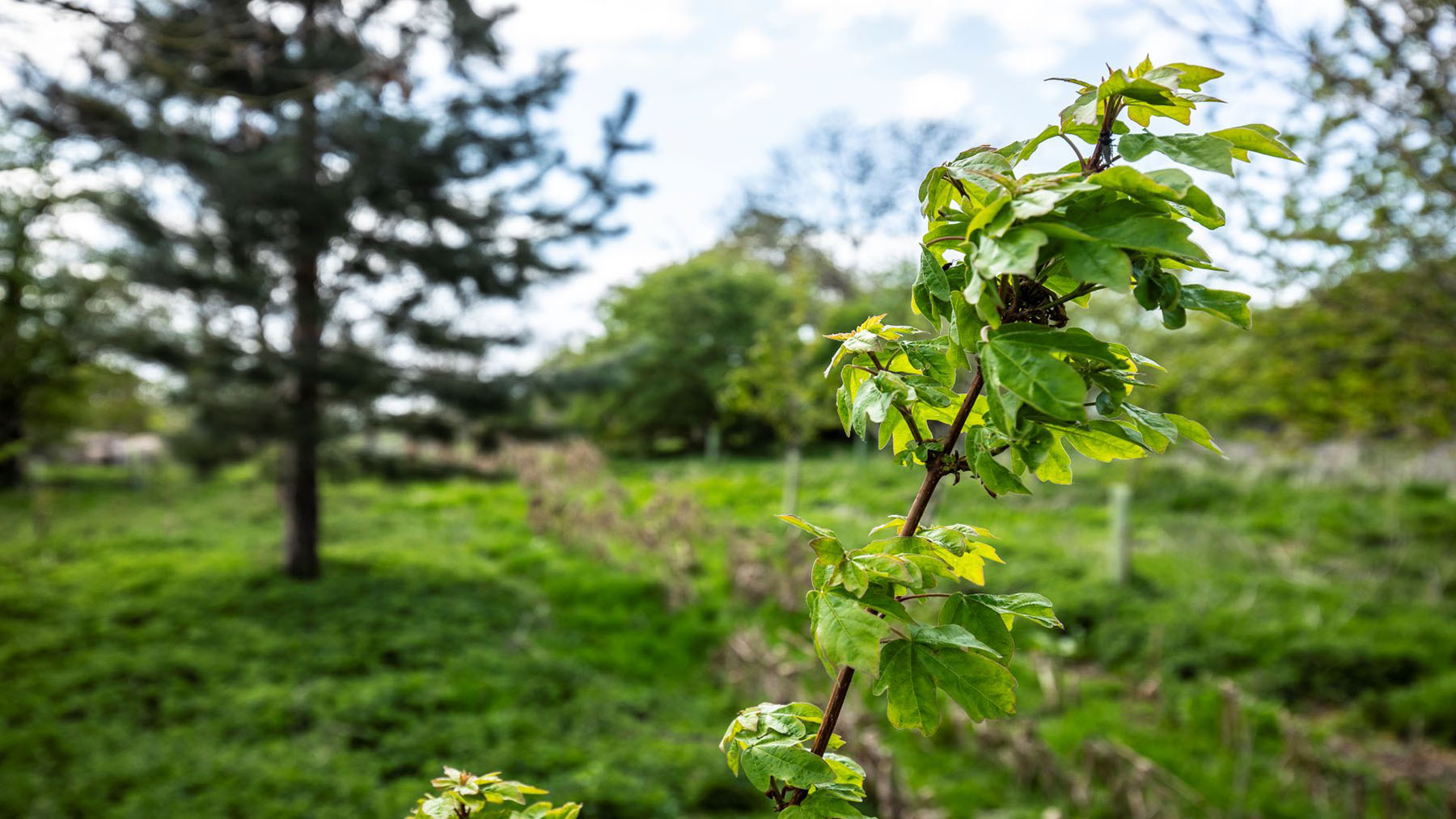
Planting trees has an extraordinary effect on the world around us. They beautify our landscape like nothing else. They soak up carbon dioxide — a single broadleaf tree will ingest over a tonne of it over the course of a 100-year-lifespan. And they provide habitats for flora and fauna — a single British oak tree, for example, houses 250 species of insect alone, before you even start counting birds and other creatures.
But there are other positives for the land as well, things which go well beyond the more well-known environmental benefits. Planting trees — even if it’s just an acre — can have a huge effect on the land around it. Woodland planted in the right way can reduce flooding, act as a ‘shelter belt’ to protect other land from the wind and other elements, and provide shelter for livestock in both summer and winter.
The Woodland Trust has been helping people plant trees and hedgerows for many years, and now have two subsidised planting schemes in operation, offering both funding — thanks to funding from Lloyds Bank — and expertise. One man who took advantage of the MOREwoods scheme is George Atkin, a farmer whose family have been tending their 283 hectares of land in Norfolk for six generations.
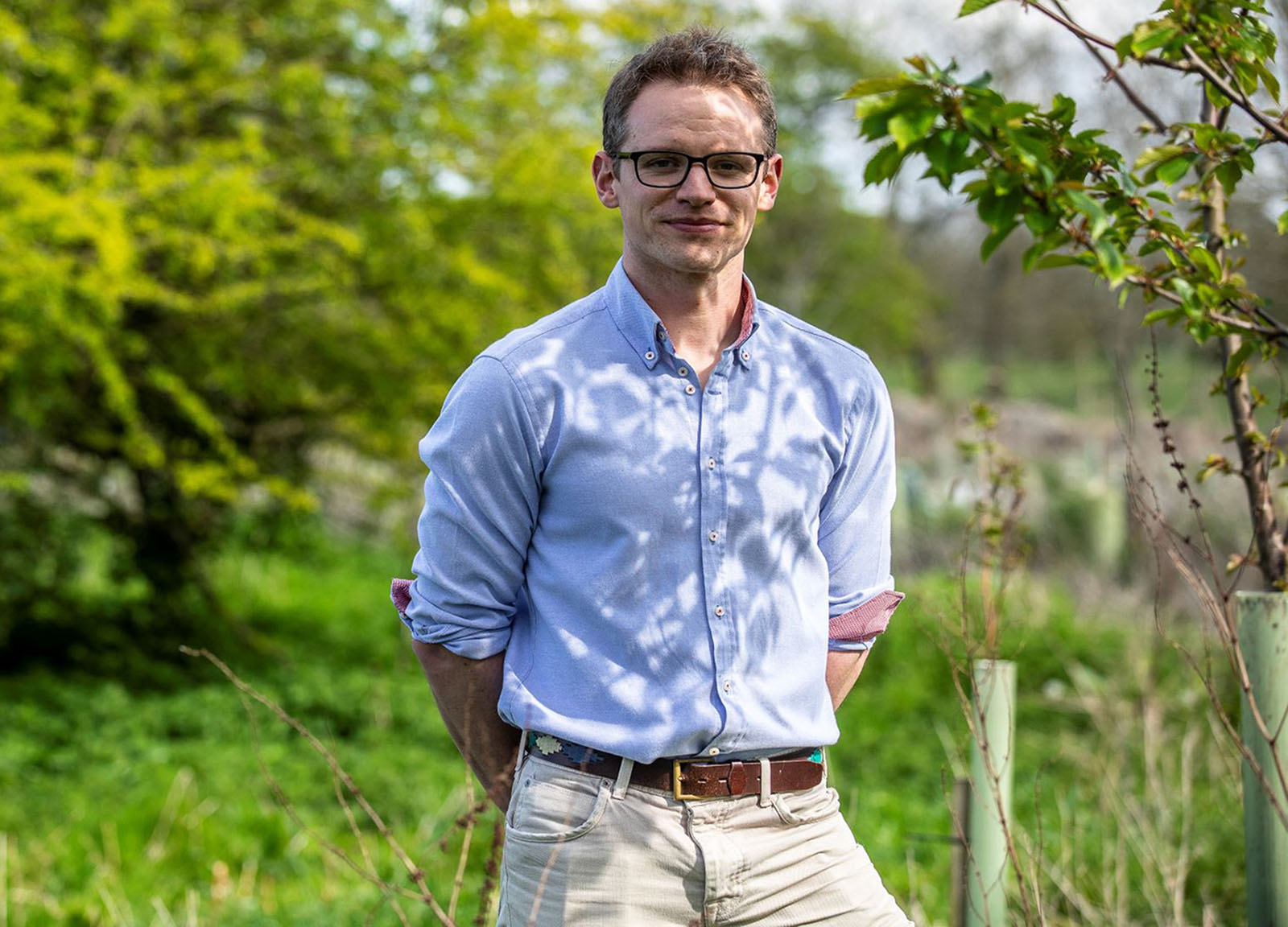
Concerned with doing his bit to protect the land for the next six generations , George was keen to plant native trees grown and sourced in the UK. Through the MOREwoods scheme, he turned half a hectare of his land into woodland, some of it as a block close to the farmhouse, and some as part of an existing small wood to fill gaps in the canopy.
Top of George’s list of reasons was capturing carbon and creating a wildlife habitat, but he found that there were many other benefits for his farm. The trees act as windbreaks for the productive areas of the farm, offering the sheep protection from the wind, and the trees have greatly enhanced the landscape character, bringing great joy to George and his family. ‘These woods mark the start of an environmental journey for me,’ he says, ‘the foundation of ensuring the farm is passed on in a better condition for the next generation.’
The planting process took place over the winter of 2016, with George roping in a load of old friends from his days at Royal Agricultural University to get the trees into the ground. ‘It took a total of two days of very hard work over the course of two weeks, but is well worth it in the end!’ he says.
After the saplings were dug in, woodchip was placed on top of the disturbed soil to keep in the moisture — critical in the light, sandy soils of this part of the world. Then there was one more job: the planting of a 400m hedge between the two areas of woodland, acting as a ‘wildlife corridor’ — a sort of animal highway for the local wildlife to have safe passage from one area to the next.
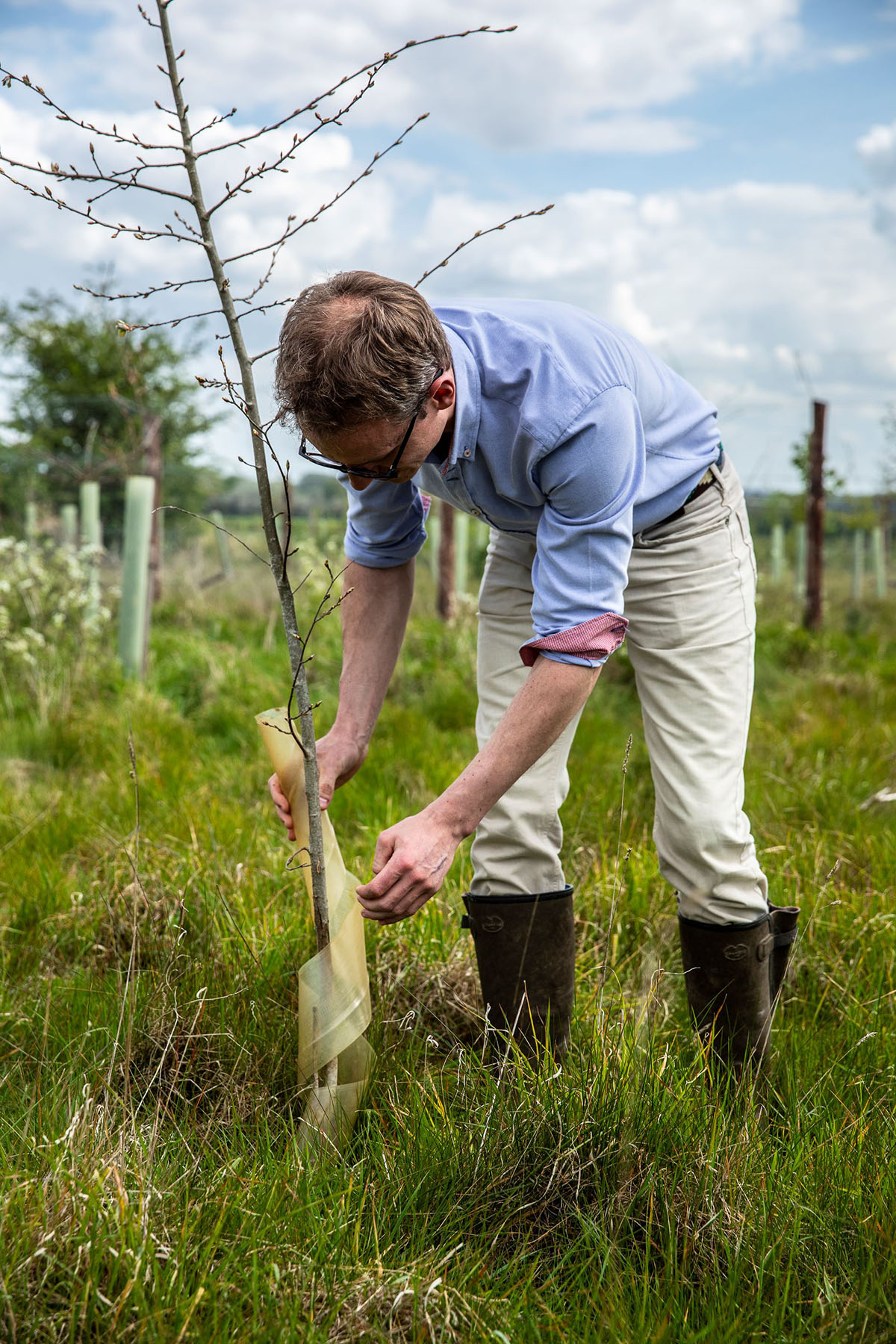
The Woodland Trust have a separate, related scheme to aid with hedge creation: MOREhedges, which suitable for anyone with space for a hedgerow of 328ft or longer. As well as a mixture of suitable hedgerow species, the trust can provide full-height trees to be staggered every 20ft along the row, together with funding and plant protection.
Of course, the work involved with a wood doesn’t stop at the planting: the management of the woods is something that the Woodland Trust can advise upon as well. In George’s case the wood will be coppiced, providing wood fuel for the farmhouse — a mixed, broadleaf coppice provides about three tons of air-dried wood fuel for every 2.5 acres, per year.
As for the future? George has since gone on to plant a traditional orchard, and is planning still more tree planting in the future. He is also considering integrating trees among his arable crops in an agroforestry system, and plans to start collecting tree seed from some of the farm’s oldest trees, in order to propagate some truly locally-sourced and grown trees. Whichever path he takes, he’s likely to plant black poplar next — a rare native tree that can be coppiced or pollarded, and whose timber is much prized by woodworkers — and future planting will be done in small, fenced-off areas to avoid having to use plastic spiral guards.
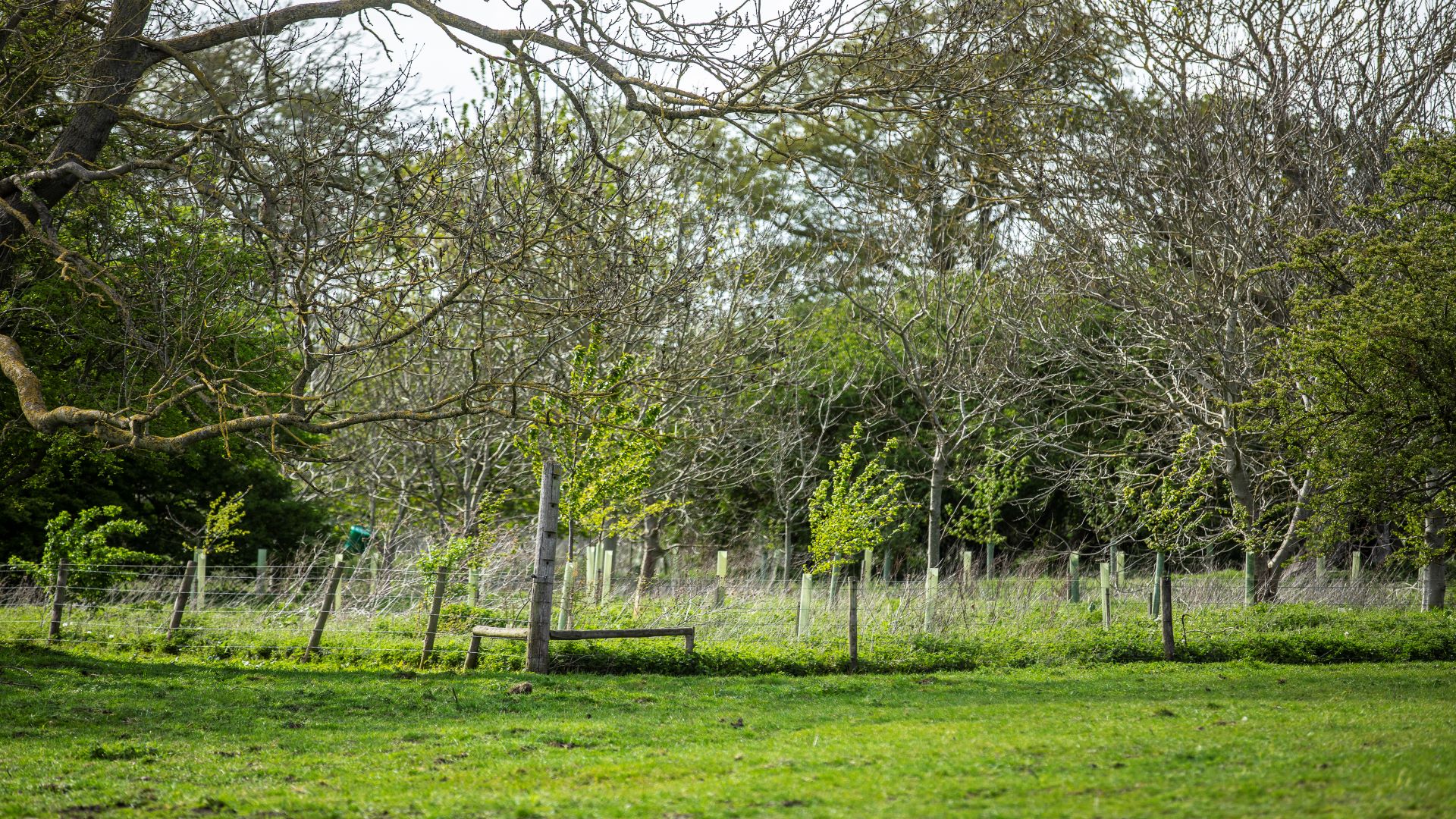
‘I am very thankful to the Woodland Trust,’ he says, ‘not only for trees but more importantly UK-sourced woodland regeneration and new plantings. I hope you will continue to help communities, schools, farms, landowners and individuals do their bit for improving and increasing our countries native woodland.’
To find out more about planting your own woodland or hedgerow with the MOREwoods and MOREhedges schemes, funded by Lloyds Bank, visit www.woodlandtrust.org.uk/plant/

Exquisite houses, the beauty of Nature, and how to get the most from your life, straight to your inbox.
-
 ‘I gave her full access to our archives. We never offer that’: The historic Tiffany jewellery that gave life to Guillermo del Toro’s Frankenstein
‘I gave her full access to our archives. We never offer that’: The historic Tiffany jewellery that gave life to Guillermo del Toro’s FrankensteinThe use of fine jewellery in filmmaking should not be underestimated.
-
 Make a splash with the Country Life Quiz of the Day, December 15, 2025
Make a splash with the Country Life Quiz of the Day, December 15, 2025Do you remember the name of this aquatic film? And other titillating questions.
-
 Jewels of the Mediterranean: Luxury multi-generational villa holidays
Jewels of the Mediterranean: Luxury multi-generational villa holidaysThe Thinking Traveller have some of the finest villas in the Mediterranean on their books for multi-generational holidays. Here are just a few of the highlights.
-
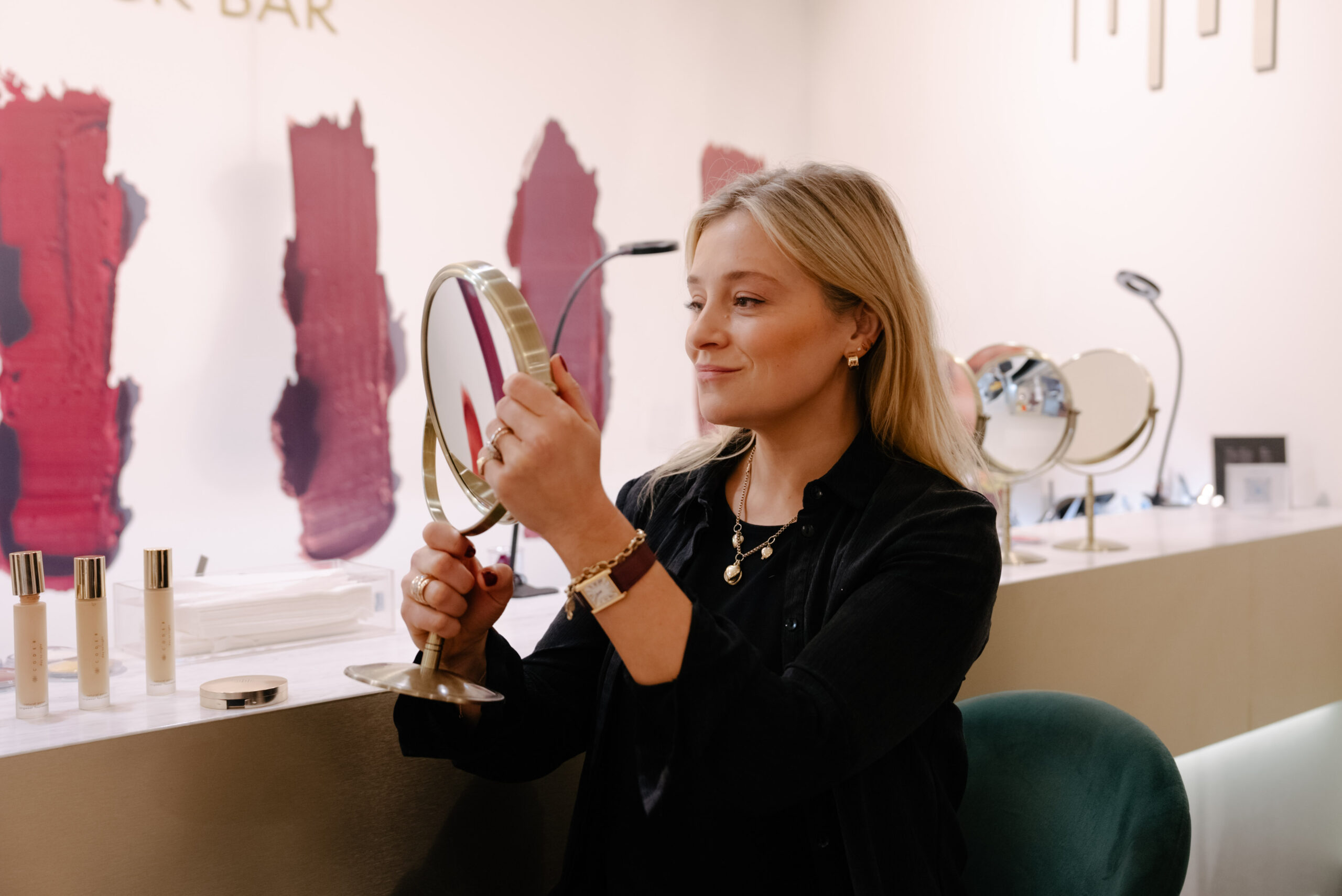 Code8: Beauty on Burlington Arcade
Code8: Beauty on Burlington ArcadeCome along Burlington Arcade with Hetty Lintell to visit beauty gurus Code8, and try their new Day To Night Foundation.
-
 The gift of growing
The gift of growingEntirely built to suit your needs, a bespoke Alitex greenhouse not only helps you nurture flowers and vegetables, but also offers a tranquil retreat from the pressures of daily life.
-
 The ultimate Canadian train journey
The ultimate Canadian train journeyExperience the spectacular scenery of the Canadian Rockies onboard the luxury and top-tier service of Rocky Mountaineer.
-
 Diamonds are a man’s best friend
Diamonds are a man’s best friendMale interest in jewellery is on the rise, with gypsy and signet rings proving especially popular, according to renowned jeweller Hancocks.
-
 The Art of Lighting: Four of Britain's top designers share their best tips for choosing lighting
The Art of Lighting: Four of Britain's top designers share their best tips for choosing lightingAt a recent panel discussion hosted at Vaughan’s London showroom during Focus/24, interior designers Emma Pocock and Sarah Peake, lighting designer Jo Mann of Lighthouse Designs and Richard Smith of Vaughan shared their top 10 tips on choosing lighting.
-
 The beauty of bespoke: A journey with Julia Lloyd George
The beauty of bespoke: A journey with Julia Lloyd GeorgeGoing bespoke with Julia Lloyd George means getting not just a piece of jewellery, but a lifelong treasure.
-
 Hancocks: Sparkle of genius
Hancocks: Sparkle of geniusHistoric jewellery firm Hancocks, now in its new St James’s home, specialises in old-cut diamonds pieces that gleam and turn heads even in low light.

